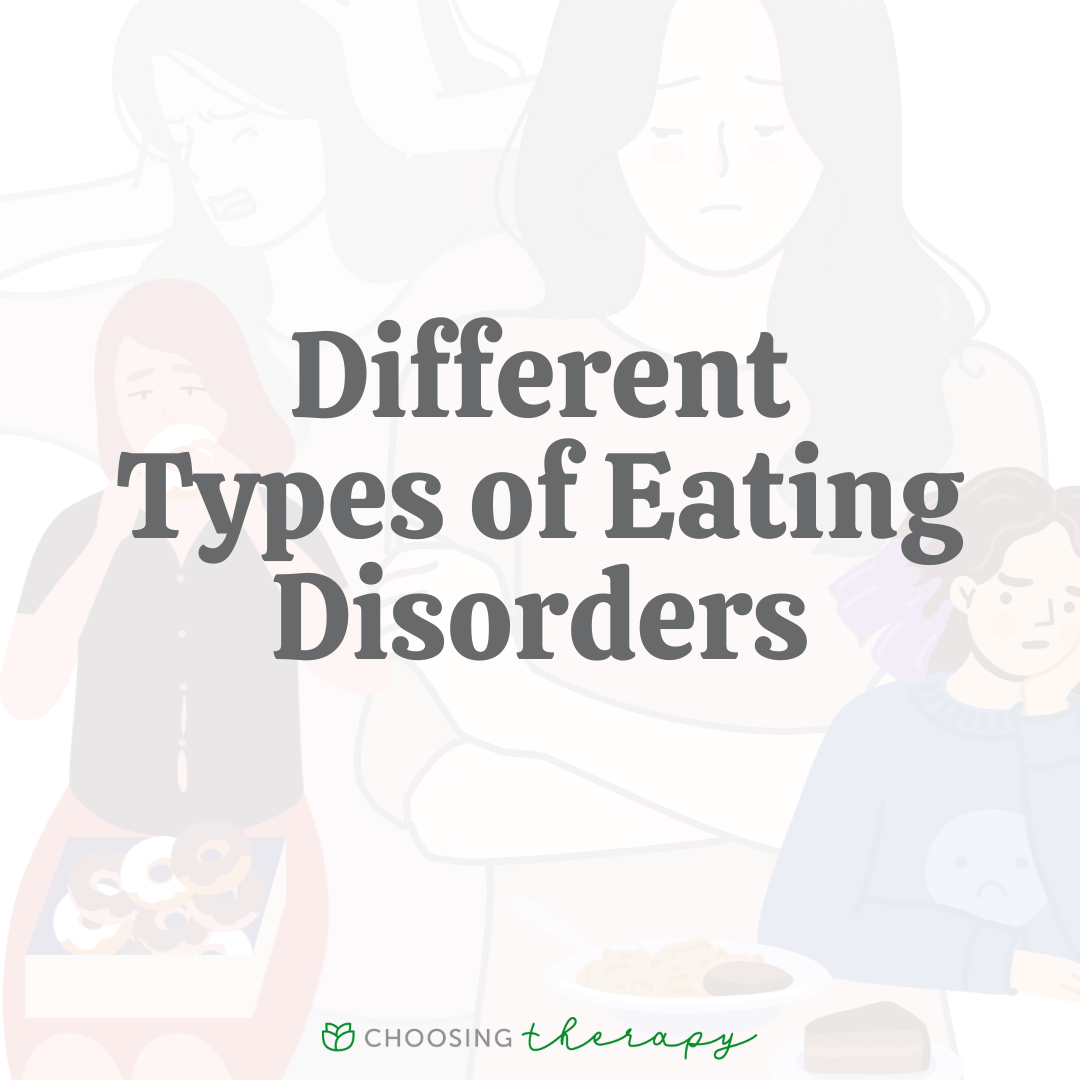The Main Principles Of Eating Disorder Recovery
Wiki Article
8 Easy Facts About Eating Disorder Recovery Described
Table of ContentsThe 9-Minute Rule for Eating Disorder RecoveryThe Only Guide to Eating Disorder RecoveryThe smart Trick of Eating Disorder Recovery That Nobody is Discussing10 Easy Facts About Eating Disorder Recovery ShownThe smart Trick of Eating Disorder Recovery That Nobody is Talking About

ARFID is typically taken into consideration a severe kind of picky eating. Some youngsters are particular eaters and also could be identified with ARFID due to the fact that they don't eat enough calories to develop and also grow. Adults can be detected with ARFID too, and along with not establishing physically, they may have trouble with preserving basic physical functions.
Rumination problem is an eating problem that involves consistently regurgitating food. Someone with rumination problem doesn't appear to do this purposefully.
Unknown Facts About Eating Disorder Recovery
People who are identified with rumination eating disorder are often educated to change the regurgitation with deep breathing methods. Orthorexia is a reasonably brand-new term that has not yet been widely approved. Orthorexia nervosa is not yet an identified eating problem diagnosis. Nevertheless, this does not mean that orthorexia is not hazardous.Orthorexia is defined as an obsession with consuming healthy food and also avoiding harmful food. A person with orthorexia is likely to experience some disabilities in their life due to their obsession with healthy consuming.
Like orthorexia, diabulimia is not yet a formally acknowledged eating disorder. Recognizing exactly what diabulimia is can assist identify people that are battling with this disorder and may additionally be at threat of developing various other consuming disorders.
Not known Details About Eating Disorder Recovery
Various Other Specified Feeding or Consuming Problem, extra generally described as OSFED, was formerly called Eating Condition Not Otherwise Specified (EDNOS). An OSFED eating disorder might not fulfill the diagnostic standards for other eating conditions however is nevertheless major and also potentially dangerous. For the most part, OSFED refers to a condition that has the basic characteristics of anorexia or bulimia Does not fulfill the full diagnostic requirements for either of these problems.An individual with an OSFED is equally as likely to have significant medical effects as people that completely fit an eating condition medical diagnosis. A person who has an OSFED may be equally as likely to die as an outcome of disordered consuming as any individual else with an eating problem. Eating disorders may be triggered by co-occurring mental wellness problems as well as can cause physical problems that can be lethal.
Acknowledging the very early caution indicators of eating conditions can make a remarkable distinction in the websites long-term health and wellness effects brought on by the condition. Indications and symptoms of eating problems can be generally split into 2 sub-categories: behavior (as well as psychological) signs as well as physical indicators. Common emotional and also behavior indicators of an eating disorder might not constantly be quickly recognizable.
What Does Eating Disorder Recovery Mean?

In situations where common behavior as well as psychological signs are not image source able to be observed, a physician may identify an eating problem exclusively based upon physical indications (eating disorder recovery). Some common physical symptoms of an eating condition consist of: Recognizable fluctuations in weight (both gains and also losses)Belly cramps, Irregular bowel movements, Indigestion, Menstruation abnormalities, consisting of loss of durations or missed out on periods, Problem concentrating or sustaining focus, Wooziness or fainting, specifically after standing up, Sleeping problems, Cuts and calluses on fingers, Oral troubles like enamel disintegration, tooth cavities as well as tooth level of sensitivity, Dry skin, hair and nails Like other mental wellness problems, consuming conditions are triggered by a mix of environmental, genetic and social elements.
An useless hormone response to stress and anxiety might suggest a vulnerability to establishing an eating condition. Social situations associated with sports, modeling or other line of work focusing on body picture as well as weight control might influence the advancement of eating problems.
Eating Disorder Recovery Can Be Fun For Everyone
Indication differ from one person to another, yet some variables are likely to affect an individual's threat of developing an eating disorder (eating disorder recovery). Some biological danger elements that apply to people with anorexia nervosa, bulimia nervosa or binge eating condition consist of: Having a member of the family with an eating problem, Having a relative with an additional mental wellness problem Perfectionism, Body image frustration, Background of an stress and anxiety problemStiff reasoning Weight stigma, History of diet check over here programs, Being teased or harassed, Limited socials media, History of trauma As with other psychological health problems, eating disorders as well as addictions regularly co-occur.In addition, up to 35 percent of individuals with substance usage problems also had an eating disorder. One of the most typical chemical abuse by individuals with an eating condition include: Alcohol, Laxatives, Emetics, Diuretics, Amphetamines, Heroin, Drug A lot of these substances are known for their appetite-suppressing negative effects. Twin diagnosis of consuming disorders as well as chemical abuse needs comprehensive therapy for both disorders.
Report this wiki page